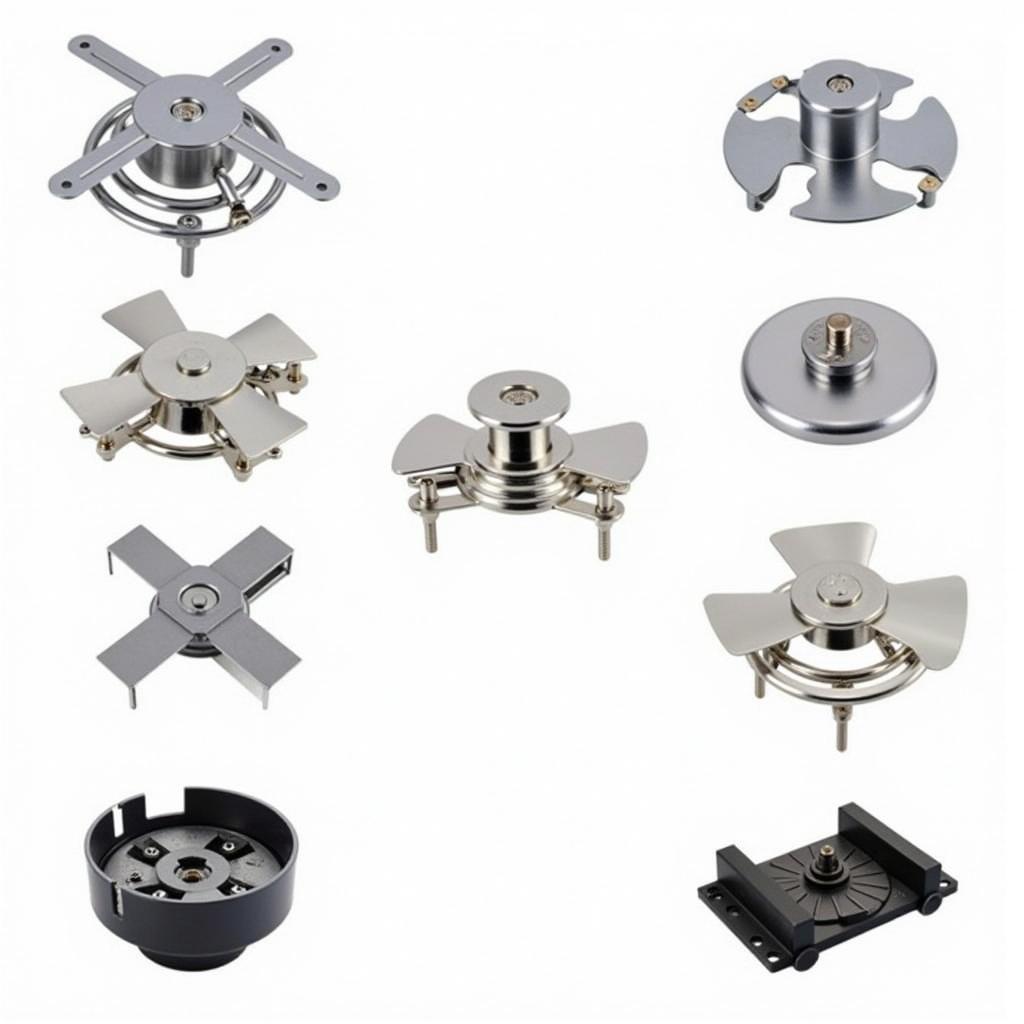A 4-pin to 10-fan hub is a must-have component for PC enthusiasts looking to optimize their cooling setup, especially for systems with high-performance processors and graphics cards. These hubs allow you to power multiple case fans from a single motherboard header, simplifying cable management and enhancing airflow within your computer case.
Why Use a 4-Pin to 10-Fan Hub?
Overheating is a common enemy of PC performance and longevity. Insufficient cooling can lead to thermal throttling, reducing your system’s speed and potentially causing damage in the long run. A 4-pin to 10-fan hub addresses this issue by enabling you to install additional case fans, creating a more efficient cooling solution.
Benefits of Using a 4-Pin to 10-Fan Hub
- Enhanced Cooling: Multiple fans working in tandem create a more powerful airflow, drawing out hot air and keeping your components running cooler.
- Centralized Control: Most hubs offer synchronized fan speed control either through the motherboard BIOS or dedicated software.
- Reduced Cable Clutter: Connecting all fans to a single hub streamlines cable management, improving airflow and aesthetics.
- Increased Headroom for Components: Improved cooling allows your CPU and GPU to operate at lower temperatures, potentially increasing their lifespan.
How a 4-Pin to 10-Fan Hub Works
These hubs act as a splitter, taking the power and control signals from a single 4-pin motherboard header and distributing them to multiple fan connectors. They typically draw power directly from the power supply unit (PSU) through a SATA or Molex connector, ensuring a stable power delivery to all connected fans.
Choosing the Right 4-Pin to 10-Fan Hub
- Compatibility: Ensure the hub is compatible with your motherboard’s 4-pin fan headers and your chosen case fans.
- Number of Ports: Determine the number of fans you need to connect and choose a hub accordingly.
- Control Options: Decide whether you prefer BIOS-based or software-based fan speed control.
- Build Quality: Look for hubs constructed from durable materials with secure connections.
Installation and Setup
Installing a 4-pin to 10-fan hub is relatively straightforward. First, connect the hub to a 4-pin fan header on your motherboard and to a SATA or Molex power connector from your PSU. Then, connect your case fans to the hub’s fan ports. Finally, access your BIOS or install the manufacturer’s software to configure fan speed settings.
 Different types of 4-pin fan hubs
Different types of 4-pin fan hubs
Conclusion
A 4-pin to 10-fan hub is a valuable investment for anyone serious about PC cooling. By enabling the use of multiple case fans, these hubs provide a cost-effective way to enhance airflow, lower component temperatures, and improve overall system performance and stability. When choosing a hub, consider your specific needs, such as the number of fans, control options, and budget. With a well-chosen 4-pin to 10-fan hub, you can create a cool and efficient computing environment for years to come.


